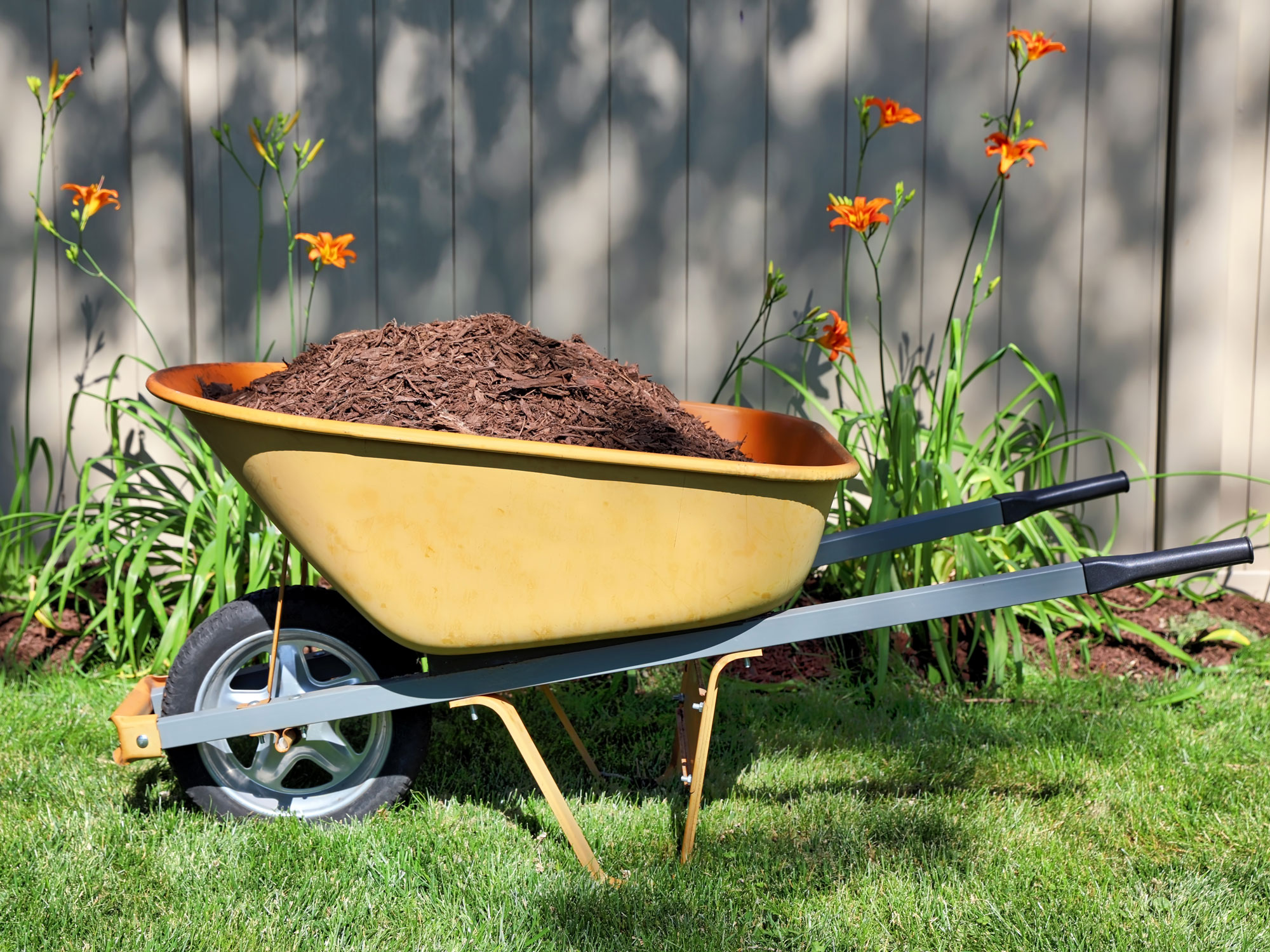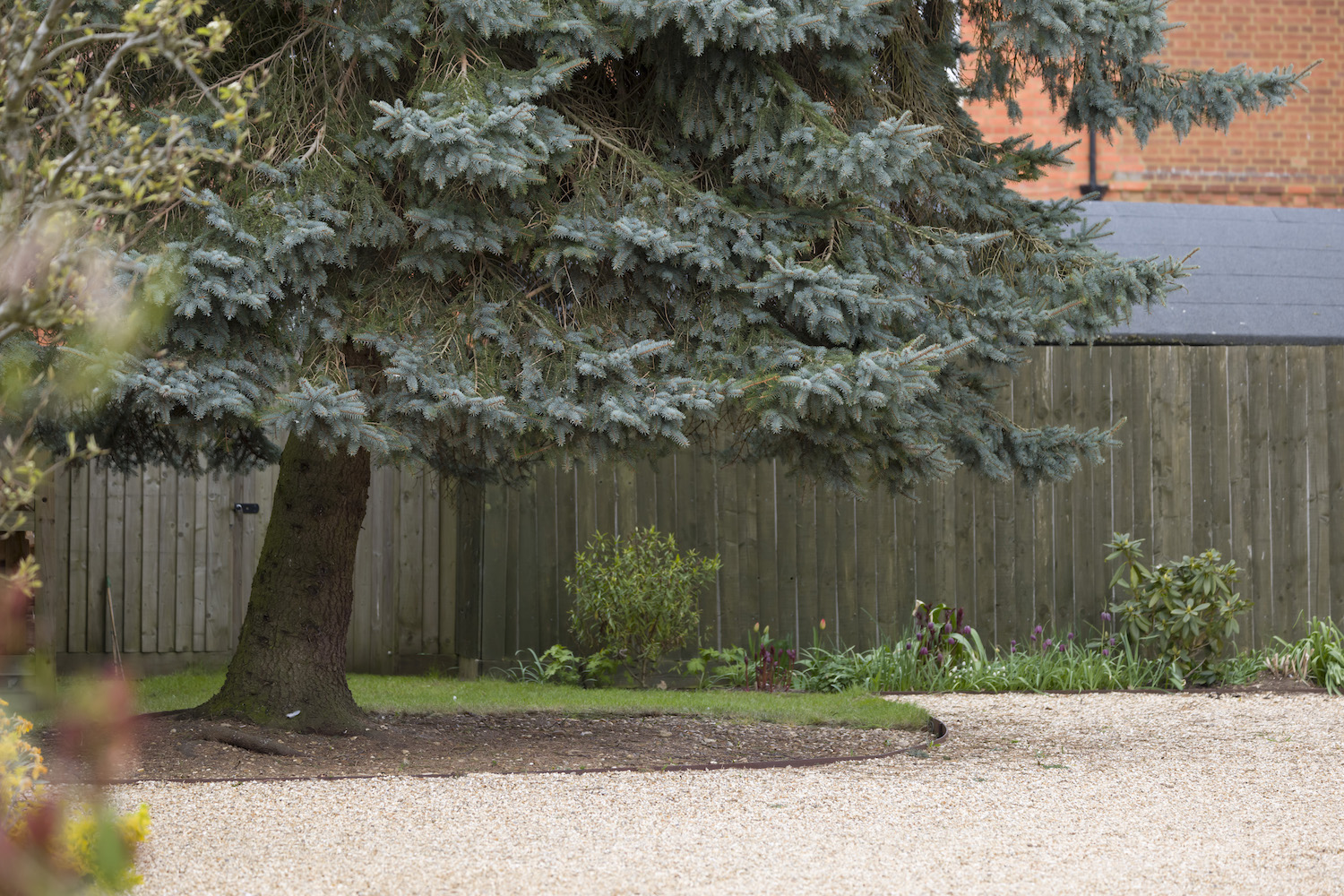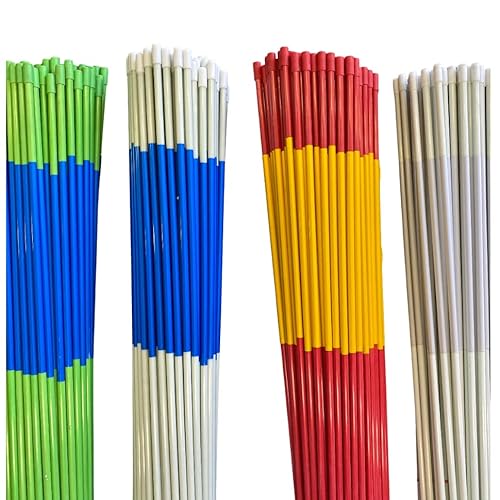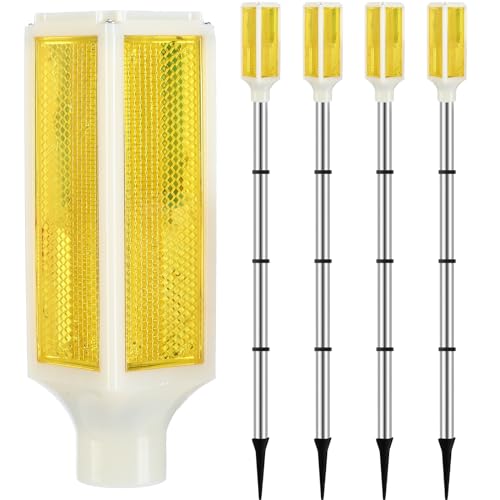5 Ways Winter is Damaging Your Lawn — and How to Prevent it Happening
Protect your lawn from the elements with these simple ideas from experts

If you were on top of your lawn tasks during the fall, your grass should look good come spring. However, a lawn is a living thing and if it is exposed to harsh elements–and other subsequent effects–for too long, they may still take a toll. Here are 5 ways winter is damaging your lawn and how to prevent it happening.
From heavy rainfall to weeks of snowfall, the weather (and how we deal with it) can adversely affect your lawn. Yet there are simple and strategic preventative steps to mitigate the effects of cold and wet conditions on a modern garden, unless you're exposed to weather extremes of course.
'As gardeners, we are often more in tune with the seasons than many,' say Kim Stoddart and Sally Morgan, authors of The Climate Change Garden. 'We're out in the elements and see firsthand how the weather impacts our gardens.
'There's no getting away from it, the climate and weather patterns of the past are changing fast, and our gardening practices need to adapt to catch up.'
1. Mark your boundary for snow ploughs
If snow ploughs are a regular sight in your neighborhood, it can be useful to mark out where your lawn begins and ends.
'Purchase or collect wooden or metal stakes to be used as guides for snowplow drivers and pound these into the ground at the edge of your driveway and sidewalk before the ground freezes,' says Charlie Nardozzi, author of Month-by-Month Gardening, New England. These snow plow markers from Amazon should do the job.
'This will help the driver know where your driveway ends and lawn begins, reducing the amount of damage to your lawn. Also, this is a good way to guide where you want them to push the snow. Try to keep from piling snow on woody plants that might break under the weight.'
The Livingetc newsletters are your inside source for what’s shaping interiors now - and what’s next. Discover trend forecasts, smart style ideas, and curated shopping inspiration that brings design to life. Subscribe today and stay ahead of the curve.
2. Swap chemical de-icers for sand
Clearing snow and de-icing pathways is essential to prevent accidents, however, be aware that run-off from chemical de-icing solutions will damage your lawn (and any waterways it may run into). So consider a more natural approach, such as sand.
'Avoid piling snow that is laden with de-icing salts on your lawn. As it melts in spring, the salt will kill the lawn grass roots,' says Charlie Nardozzi. 'Using sand as a de-icer is gentler on lawn grasses than commercial de-icers.'
3. Deal with de-icer residue

Even if you've used sand to melt snow and ice on your own pathway, the watery residue from public sidewalks or pavements may run onto your lawn. So if nearby parts of your lawn regularly look patchy come spring, consider alternatives.
'Look at areas of your lawn that you seem to be reseeding each year because of snowplow damage or damage from de-icers and think about ways to prevent the damage,' says Charlie Nardozzi.
'This might include growing a different plant in that place, such as annuals. If you create an annual flower bed along a walkway or driveway you can flush out the salts and repair the soil damage in spring before planting.
'Sometimes substituting grass with bark mulch is the simplest solution to not having to repair that same spot every year.'
4. Mulch soil to soak rainfall

An aerated lawn is better equipped at dealing with rainfall, as water can get into the soil, rather than settle on the surface (particularly if it's parched).
If you didn't get around to aerating a lawn in the fall, it may become sodden after a downpour. However, if rainfall is expected, there are other ways to prevent or reduce the chances of a water-logged lawn.
'When people think of climate change, they anticipate hotter summers and potential water shortages, but perhaps surprisingly, a distinct excess of water in the garden will be one of the main problems, alongside coping with summer drought,' says Kim Stoddart.
'The basic principles used by landscape architects and permaculturalists is slow it, spread it, sink it. In other words, slow down the movement of water, allow it to spread out, and create opportunities for it to sink into the soil, where it will be stored for future use.
'Bare soil devoid of mulch or plants won't be able to absorb much rainfall, so whatever you do, don't leave it uncovered. Spreading a thick layer of compost over the soil each year will boost organic matter, and create a permeable surface that water can penetrate and drain through.
'Another really simple but effective way to trap and slow down water is for everybody in the street to simply put a load of buckets on their yard or patio to catch rainwater. They can them empty them once the rain has stopped or use them to fill rain barrels.'
5. Ensure hard surfaces are permeable

Lawns will have to cope with excess rainwater if a yard has a lot of hard surfaces, such as a large driveway or patio, where rain is unable to penetrate.
However, these surfaces can be made permeable to enable water to drain through. This reduces the water running into the lawn, or the public drainage system, which may struggle to cope with excess rainfall.
'Avoiding large areas of concrete and other impermeable surfaces is important, as they create a lot of run off,' says Sally Morgan. 'Instead use paving stones, bricks or gravel, so that water can seep through the gaps.
'Resin is another option for a large expanse such as a parking area or driveway. It contains small gaps so water can drain away.
'Gravel trenches can also be dug along the edge of concrete or paved areas to slow down any run off and allow the water to seep safely into the ground.'
Jacky Parker is a freelance lifestyle journalist and writer, producing a wide range of features for magazines and digital platforms. She has written for Livingetc and its sister titles, Homes & Gardens and Country Homes & Interiors for more than 15 years, both as a freelance contributor and as Acting Digital Editor and Acting Style Content Editor, regularly reporting on the latest interiors, gardens and wellness inspiration, speaking to experts in their respective fields, and discovering the best tips.
Jacky has also written for other publications, including Sunday Times Style, The Telegraph, Architectural Digest, House Beautiful, ELLE Decoration, Red, Grand Designs and more.


